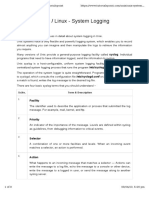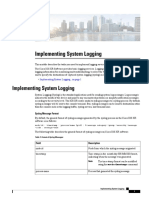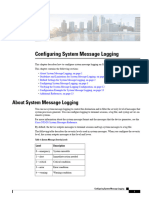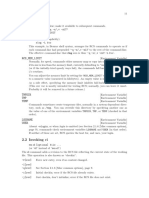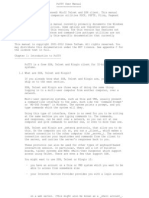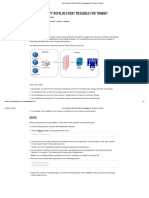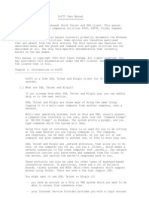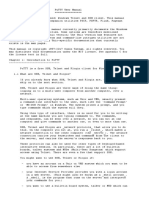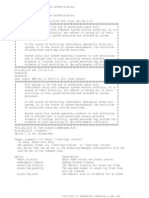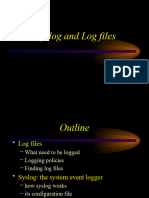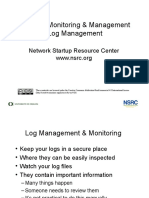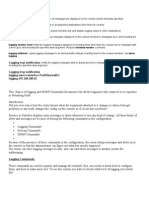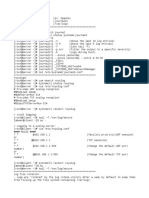0% found this document useful (0 votes)
1 views1 pageSending Log Messages To A Log Server
To send log messages to a central logging server, edit the /etc/rsyslogd.conf file and use the syntax '*.* @@HOST:PORT#' where HOST is the server's address and PORT# is optional. You can choose between TCP and UDP for transport, with TCP being preferred for important messages. Additionally, you can compress the data using zlib by specifying (zNumber) for compression level, which is also optional.
Uploaded by
xxwrld3Copyright
© © All Rights Reserved
We take content rights seriously. If you suspect this is your content, claim it here.
Available Formats
Download as PDF, TXT or read online on Scribd
0% found this document useful (0 votes)
1 views1 pageSending Log Messages To A Log Server
To send log messages to a central logging server, edit the /etc/rsyslogd.conf file and use the syntax '*.* @@HOST:PORT#' where HOST is the server's address and PORT# is optional. You can choose between TCP and UDP for transport, with TCP being preferred for important messages. Additionally, you can compress the data using zlib by specifying (zNumber) for compression level, which is also optional.
Uploaded by
xxwrld3Copyright
© © All Rights Reserved
We take content rights seriously. If you suspect this is your content, claim it here.
Available Formats
Download as PDF, TXT or read online on Scribd
/ 1



